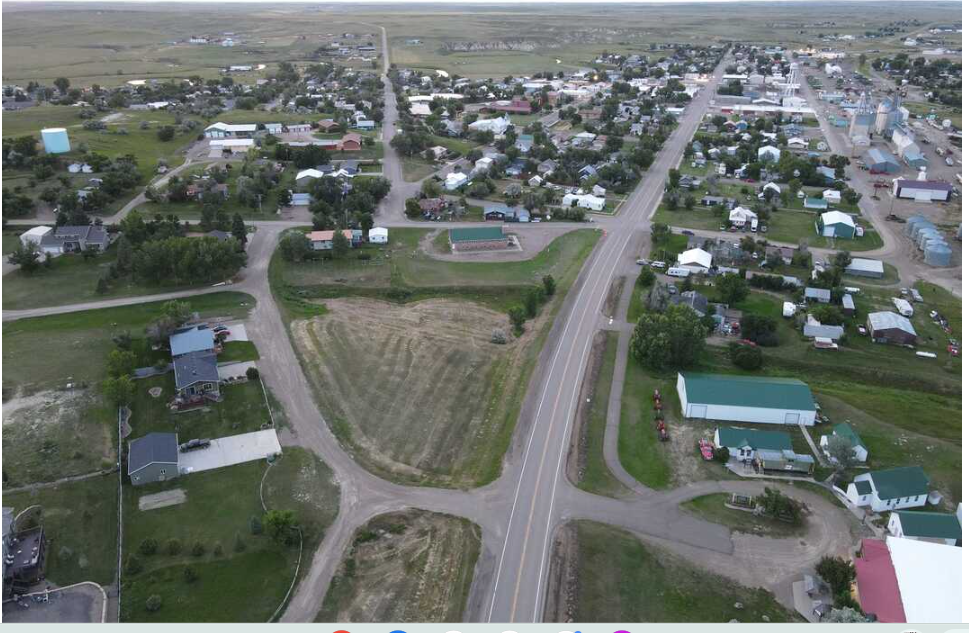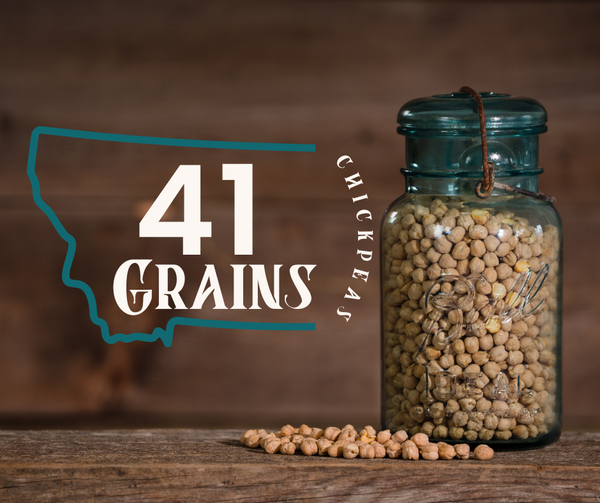
Circle, Montana: A Legacy of Resilience and Agriculture in the Heart of the Plains
Kacie SikvelandShare
The History of Circle, MT and Farming in the Region
Circle, Montana, a small but historic town nestled in the heart of the state’s northeastern plains, has a rich history intertwined with agriculture and the development of the surrounding area. Circle was named from a Ranch that settled here in 1882, who's brand was a circle. From that a general store was built in 1905 and a post office in 1906.
Early Beginnings: The Formation of Circle
The town of Circle was officially founded in the late 1800s. The region’s first settlers were drawn to the land by the promise of the Homestead Act of 1862, which provided 160 acres of land to anyone willing to farm it for five years. Early pioneers quickly realized that farming in the plains would not be easy; the land was dry, and water sources were scarce.
In the early years, ranching and agriculture were the driving forces in Circle’s economy. Wheat, oats, and barley were among the first crops planted by settlers. The fertile soil was well-suited to dryland farming, though weather patterns and unpredictable rainfall made crop yields volatile.
The Growth of Agriculture and Railroads
One of the key turning points for Circle came with the arrival of the railroad in 1928 from Glendive to Brockway. The railroad allowed farmers to transport their crops to larger markets, giving Circle and its surrounding area a boost in trade and commerce. This development helped transform the small town into a central point for the surrounding agricultural region.
With the railroad in place, farmers had better access to equipment, supplies, and resources that made dryland farming more sustainable. This period also saw the growth of local businesses that supported farming—such as grain elevators, feed mills, and hardware stores. As a result, Circle became a vital agricultural hub in northeastern Montana, especially for grain production.
Challenges: The Dust Bowl and the Great Depression
Like much of the Great Plains, Circle and its surrounding areas were heavily impacted by the Dust Bowl of the 1930s. Over-farming, drought, and poor soil management led to devastating dust storms that stripped away topsoil, damaging crops and threatening livelihoods. The effects of the Dust Bowl were felt keenly in Circle, where farming families struggled to recover from the economic and environmental devastation.
During the Great Depression, many farmers faced hardships that were exacerbated by the combination of financial strain and environmental disasters. However, the federal government stepped in with initiatives such as the Soil Conservation Service, 1935 which introduced techniques like contour plowing, terracing, and planting cover crops to protect and rebuild the land. These measures helped restore some of the lost productivity of the area, though it took years for many farmers to recover.
Post-World War II: Technological Advances and Expansion
The period following World War II brought new hope for Circle’s farmers. Advances in farming technology—including tractors, combines, and new machinery—allowed farmers to increase their efficiency and productivity. These innovations made it easier for farmers to work larger plots of land and harvest crops more effectively.
Additionally, the introduction of new farming practices, including the use of chemical fertilizers and pesticides, helped improve crop yields and combat pests and diseases that had previously hindered growth. By the 1950s and 1960s, farming in Circle became more industrialized, with farmers focusing heavily on wheat production, which was well-suited to the area’s dryland conditions.
Modern Farming in Circle: Sustainability and Diversification
In more recent decades, Circle has continued to be a strong agricultural community. Dryland farming techniques that focus on sustainability, such as no-till farming and crop rotation, have become standard practices in the region. These methods help preserve soil health, reduce erosion, and conserve moisture, all essential for farming in an area that receives limited rainfall.
In addition to wheat, farmers in the Circle area have diversified into other crops, including pulses (like peas and lentils), barley, and oats, which are more drought-tolerant and provide an economic buffer against fluctuations in wheat prices. This diversification has helped stabilize the region’s farming economy and reduced the dependency on any single crop.
The rise of precision agriculture—using GPS technology, sensors, and satellite imaging to optimize farming practices—has also made its way to Circle. These advancements have allowed local farmers to more effectively manage water usage, fertilization, and crop health, all while reducing the environmental impact of farming.
Circle Today: A Thriving Agricultural Community
Today, Circle is a thriving small town that continues to serve as an agricultural center for the surrounding region. The town has experienced gradual growth and development, maintaining its agricultural roots while welcoming new businesses and residents. Circle is known for its strong community spirit, with local events like the McCone County Fair, Town and Country day and a PRCA Rodea showcasing the area’s deep connection to farming and rural life.
While the challenges of farming in Circle persist—namely, unpredictable weather, fluctuating crop prices, and the ongoing need for sustainable practices—farming remains the backbone of the local economy. The legacy of the settlers who first arrived in the late 1800s endures, as modern farmers continue to work the land using the knowledge and tools passed down through generations.
Conclusion
The history of Circle, Montana, is inseparable from the history of farming in the region. From the early days of homesteading, through the struggles of the Dust Bowl, to the advances of modern agriculture, Circle’s agricultural roots have shaped its identity. Today, the town remains a testament to the resilience and adaptability of its people, who continue to work the land, embrace new technologies, and celebrate their farming heritage. The story of Circle, MT is a story of perseverance, and it is one that will continue to unfold as the community moves forward with a legacy of farming that remains integral to the town’s future. We at 41 Grains want to help showcase that legacy of agriculture, farming and community that we love about living in eastern Montana and Circle.
